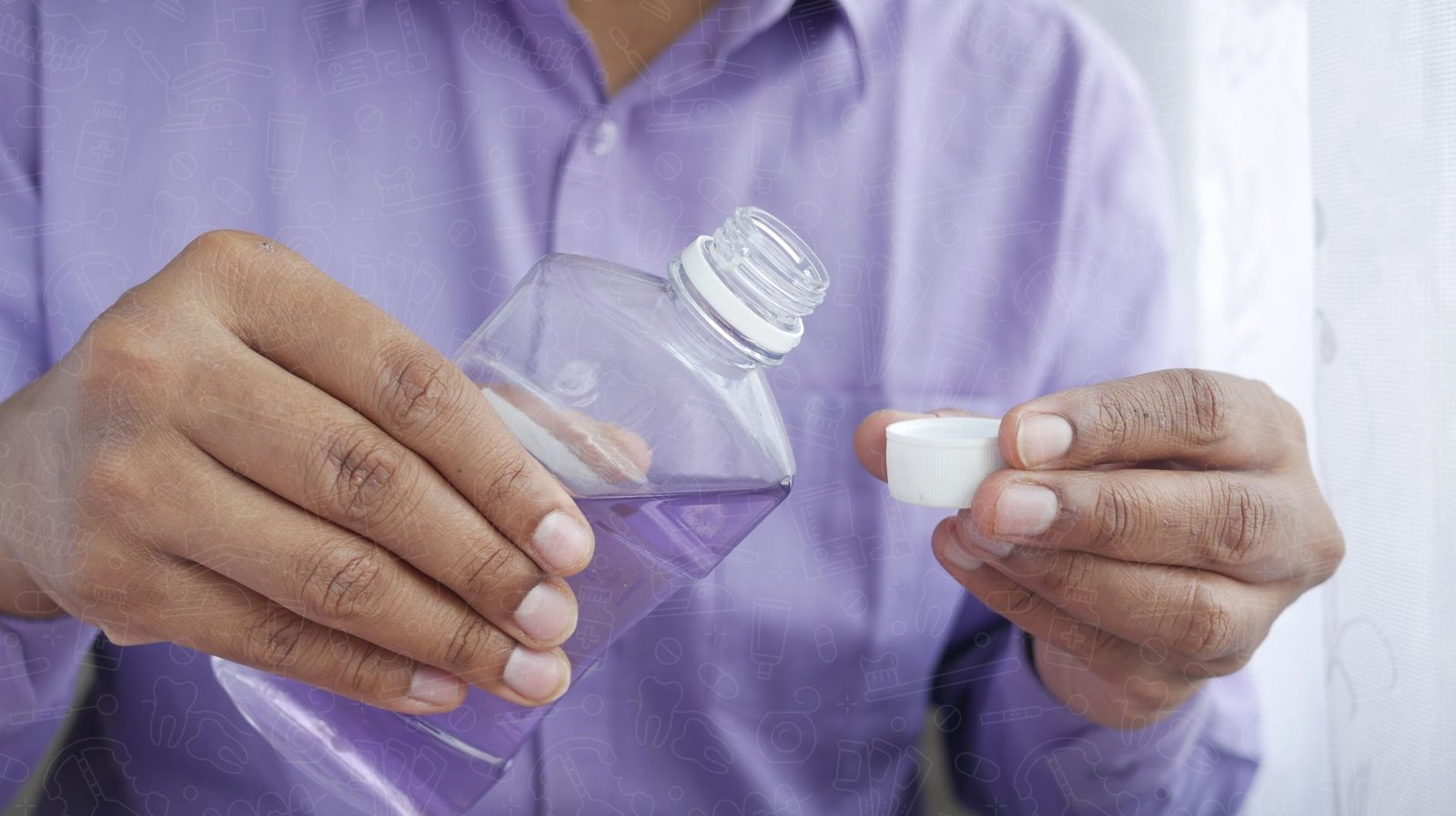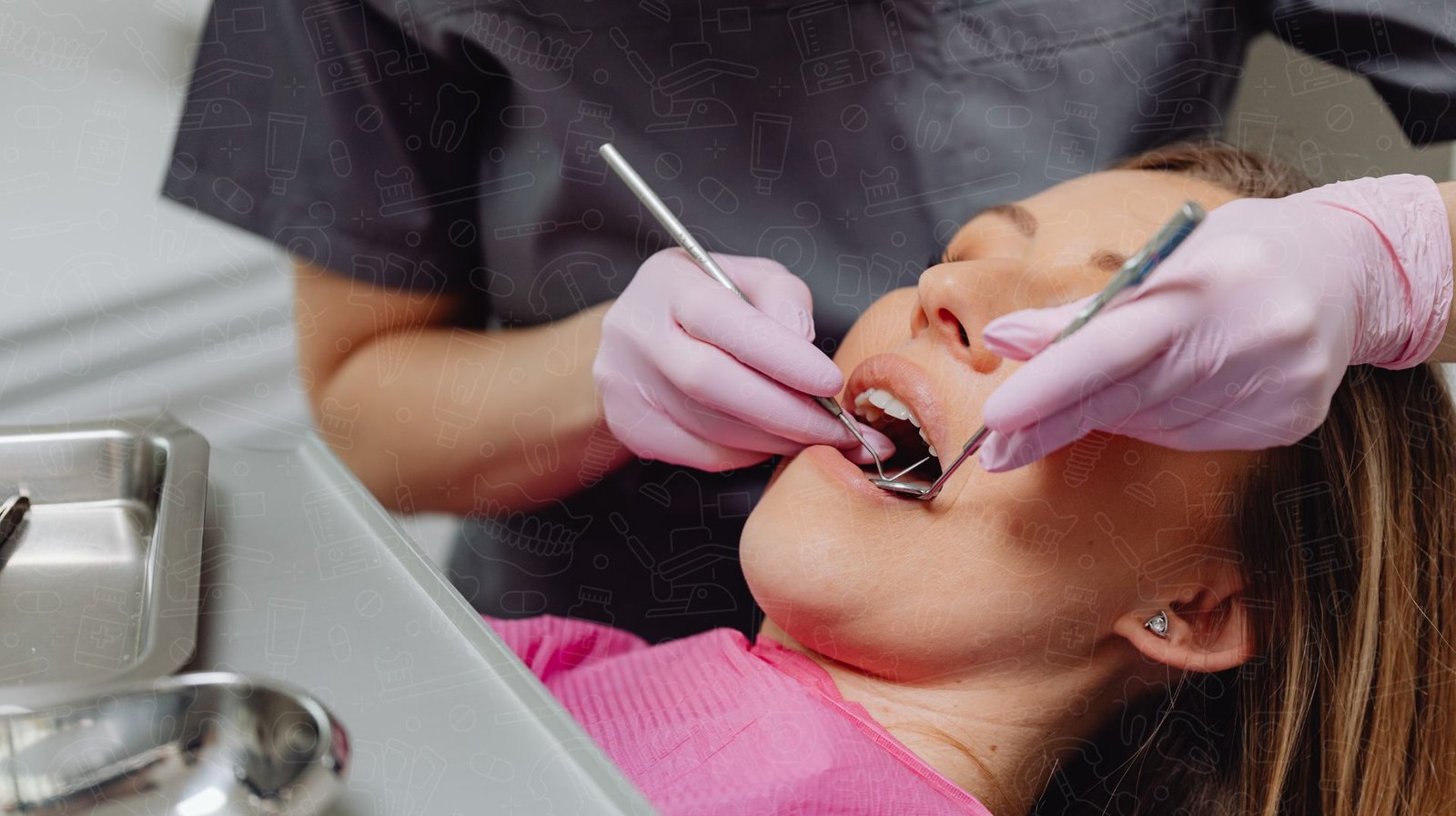Understanding Conscious Sedation vs. General Anesthesia
In the arena of dental care, distinguishing between conscious sedation and general anesthesia is paramount for patients navigating their treatment options. Conscious sedation is typically employed in less invasive procedures, allowing individuals to remain aware and responsive, while enjoying a significant reduction in anxiety. This technique is often delivered through oral medications or inhaled nitrous oxide, promoting comfort without complete unconsciousness. Conversely, general anesthesia induces a profound state of unconsciousness, ideal for complex surgeries that may cause considerable discomfort, such as wisdom tooth extractions or jaw realignment.
The choice between these sedation methods hinges on several factors, including the nature of the dental procedure, the patient’s level of anxiety, and overall health considerations. Understanding the nuances of each approach not only empowers patients but also enhances their dental experience, ensuring appropriate care tailored to individual needs.
As we delve deeper into this article, readers will gain insights into when conscious sedation is most suitable, the specific situations that warrant general anesthesia, and how to approach the decision-making process effectively. By evaluating safety, recovery times, and patient preferences, dental professionals aim to create a comfortable environment where patients can receive the necessary treatments with confidence.
Understanding Conscious Sedation vs. General Anesthesia
Understanding the differences between conscious sedation and general anesthesia is essential in the field of dentistry. Conscious sedation, often administered via inhalation or intravenously, allows patients to remain awake yet relaxed during procedures. This method is designed to alleviate anxiety while still enabling patient responsiveness to verbal prompts. In contrast, general anesthesia involves the complete loss of consciousness, requiring more complex administration techniques, usually involving inhaled gases or intravenous agents.
The depth of sedation differs significantly between these two approaches. With conscious sedation, patients maintain a level of awareness that allows for basic communication. This is particularly beneficial for routine dental work, where patient cooperation is important. Conversely, general anesthesia is necessary for more invasive procedures that may cause significant discomfort or require an entirely motionless patient.
In terms of safety, both methods are generally considered safe when administered by qualified professionals. However, the risks and potential complications associated with general anesthesia are notably higher, necessitating a deeper level of monitoring.
In conclusion, both conscious sedation and general anesthesia play vital roles in dental treatment, with distinct applications based on patient needs, procedural complexity, and the degree of anxiety experienced by the patient. Understanding these differences aids patients in making informed decisions regarding their dental care and sedation preferences.
When Is Conscious Sedation Recommended in Dentistry?
Conscious sedation is commonly utilized in various dental procedures, especially those that may induce anxiety or discomfort in patients. This sedation method is ideal for patients undergoing basic dental treatments such as tooth extractions, root canals, and dental implants. The level of sedation allows patients to remain awake and responsive while experiencing reduced anxiety and pain perception.
Patients with mild to moderate dental anxiety may find significant benefits from conscious sedation. This option permits them to receive necessary dental care without the overwhelming fear often associated with dental visits. Additionally, children or individuals with special needs who may struggle to stay still or remain calm during treatment are excellent candidates for conscious sedation, as the technique fosters a stress-free environment.
Conscious sedation, usually administered through oral medications or nitrous oxide, provides a balance between relaxation and responsiveness. Patients can communicate with their dentist while remaining in a state of tranquillity. It’s important to assess each individual’s needs, as not everyone will require sedation. Factors such as personal anxiety levels and procedure types weigh heavily in the decision-making process. Ultimately, conscious sedation offers a valuable alternative for many patients, enhancing their dental experience while maintaining safety and efficacy throughout their treatment.
Situations That Require General Anesthesia in Dental Treatment
In the field of dentistry, there are specific situations where general anesthesia becomes essential to ensure patient comfort and procedural success. Complex oral surgeries, such as wisdom tooth extraction, jaw realignment, or extensive gum surgeries, often necessitate general anesthesia due to the invasive nature of these procedures. Such treatments may involve significant manipulation of oral tissues, making it crucial for patients to be completely unconscious and pain-free.
Additionally, patients with severe dental anxiety or phobia may also require general anesthesia. These individuals might experience overwhelming fear that inhibits their ability to relax, making any dental procedure nearly impossible to perform effectively. By utilizing general anesthesia, dental professionals can provide necessary treatments in a safer and more manageable environment for these patients.
Furthermore, individuals with special needs or certain medical conditions that complicate dental care may also be candidates for general anesthesia. Conditions like extreme sensitivity or uncontrolled movements during a procedure can hinder the treatment process, thereby necessitating a deeper sedation method.
Ultimately, the decision to use general anesthesia in dental treatment is influenced by the complexity of the procedure and the unique requirements of the patient. This requires careful assessment and planning by the dental team to ensure effective and safe patient care.
Comparing Safety and Recovery: Conscious Sedation vs. General Anesthesia
In the realm of dental care, the safety profiles and recovery experiences associated with conscious sedation and general anesthesia are crucial factors for patients and practitioners alike. Conscious sedation is generally viewed as a safer option for many because it allows patients to remain awake, facilitating easier monitoring of vital signs and responsiveness. This technique minimizes the risk of respiratory complications, making it suitable for less invasive procedures such as fillings or root canals.
Conversely, general anesthesia, while effective for more complex procedures, does come with an elevated risk factor. Potential side effects may include nausea, grogginess, and in rare cases, allergic reactions. Patients should be aware that recovery from general anesthesia typically takes longer due to the deeper sedation level required, often necessitating a monitored recovery period to ensure no adverse reactions occur.
In terms of recovery time, patients undergoing conscious sedation often find themselves returning to normal activities shortly after the procedure, while those who receive general anesthesia may require several hours to fully regain their pre-operative state. Understanding these differences is vital for making informed decisions about sedation methods in dentistry, aligning individual needs and health factors with the appropriate safety measures and recovery expectations.
How to Decide Between Conscious Sedation and General Anesthesia
Deciding between conscious sedation and general anesthesia for dental procedures involves careful consideration of several key factors. Understanding a patient’s medical history is crucial, as certain health conditions may influence the choice of sedation method. For example, individuals with respiratory issues may be better suited for conscious sedation, which allows for easier monitoring and control of breathing.
The complexity of the dental procedure also plays a significant role. Simpler treatments, such as routine cleanings or fillings, may only require conscious sedation, whereas more complex surgeries, like tooth extractions or grafts, might necessitate general anesthesia for enhanced comfort and safety.
Additionally, the patient’s comfort level with sedation techniques needs to be assessed. Some patients may find the idea of being completely unaware during a procedure intimidating and prefer conscious sedation, which allows them to remain awake and responsive.
Lastly, professional input from the dental care team cannot be overstated. Dentists often provide their recommendations based on their expertise, considering the patient’s needs and preferences. By weighing these factors—medical history, procedure complexity, comfort level, and professional guidance—patients can make an informed decision regarding the most suitable sedation method, ensuring a positive dental experience.
Consultation and Assessment Before Choosing a Sedation Method
Before undergoing dental procedures, the selection of an appropriate sedation method necessitates a detailed consultation and assessment. This process helps identify individual patient needs, ensuring the safest and most effective sedation approach. During this initial evaluation, dental professionals typically review patients’ medical histories, including any previous experiences with sedation, allergies, or health conditions that may affect sedation outcomes.
A comprehensive assessment may also involve discussing the patient’s level of anxiety or fear associated with dental visits. Understanding these factors is crucial, as they guide the choice between conscious sedation or general anesthesia. For certain patients, such as those with severe dental phobia, general anesthesia might be more appropriate, while others may benefit from the less invasive conscious sedation approach.
Additionally, the complexity of the dental procedure plays a vital role in the decision-making process. For minor treatments, conscious sedation often suffices; however, intricate procedures may require the deeper sedation provided by general anesthesia. Overall, the consultation should aim to foster open communication between the patient and the dental team. By addressing any concerns and expectations, the dental professional can tailor the sedation plan to ensure optimal comfort and safety throughout the treatment journey.
Conclusion: The Importance of Understanding Sedation Options in Dental Care
In summary, understanding the distinctions between conscious sedation and general anesthesia in dentistry is essential for patients seeking optimal care tailored to their needs. Each sedation method offers unique benefits; conscious sedation fosters a relaxed environment without complete unconsciousness, making it ideal for less invasive procedures. On the other hand, general anesthesia is integral for complex dental surgeries that require patients to be entirely unaware and pain-free, particularly for those with severe anxiety or specific health conditions.
By evaluating factors such as the complexity of procedures, individual anxiety levels, and medical history, patients can make informed decisions that enhance their dental experience. Consulting with dental professionals allows individuals to explore the best options and clarify any concerns related to safety and recovery times.
Ultimately, a well-informed choice not only contributes to a positive dental visit but also instills confidence in the treatment process. By prioritizing awareness of sedation methods, patients can address their dental needs with greater assurance, ensuring both comfort and effective treatment during their dental journeys. Understanding these nuances empowers individuals to take control of their oral health, leading to more successful and less stressful dental experiences.





